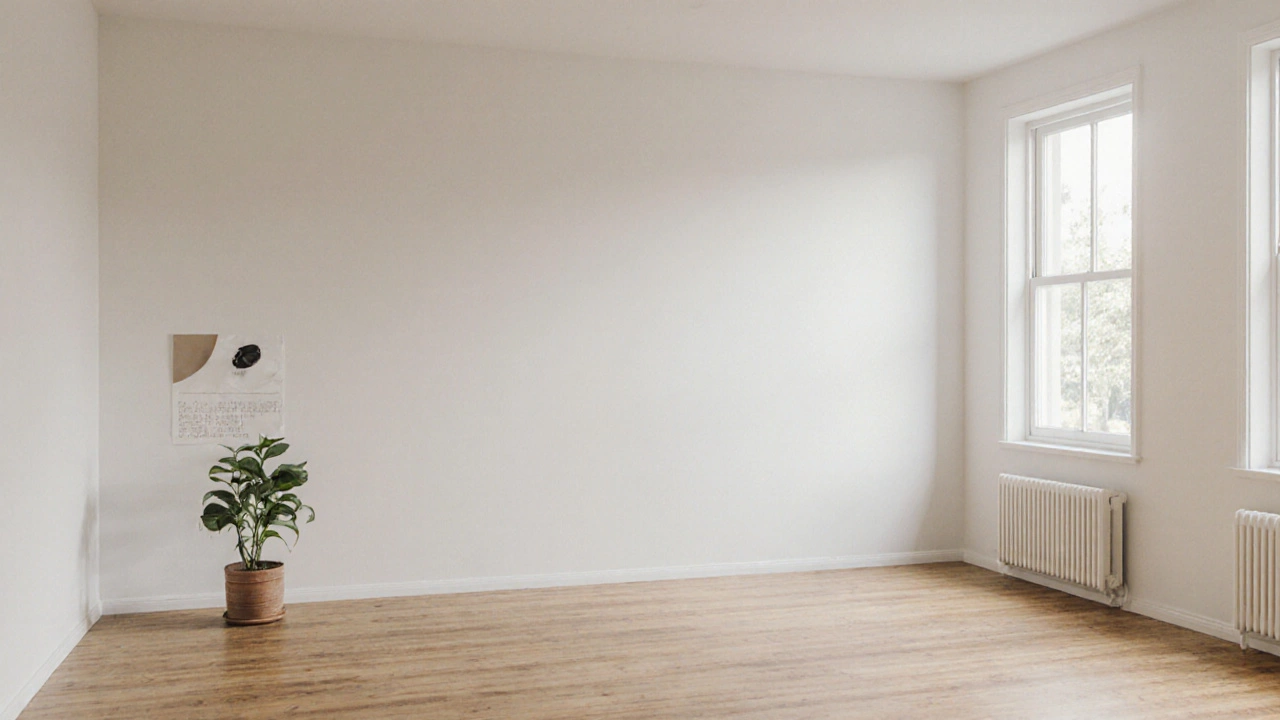Plaster Drying: How Long It Takes and What Affects It
When you're dealing with plaster drying, the process where wet plaster loses moisture and hardens into a solid wall surface. Also known as wall plaster setting, it's not just a waiting game—it's a critical phase that affects how long your repair or renovation lasts. Too fast, and you get cracks. Too slow, and mold creeps in. Most people think plaster dries in a day or two, but that’s only true under perfect conditions—which rarely happen in real homes.
The real story behind plaster drying time, how long it takes for plaster to fully cure and become structurally stable depends on three things: thickness, temperature, and airflow. A standard one-coat wall plaster might feel dry to the touch in 24 hours, but it can take up to 7 days to fully cure. Thicker applications, like those used in older homes or for skim coats over damaged walls, can take two weeks or more. Humidity is the silent saboteur—if your bathroom or basement is damp, the plaster will cling to moisture and never fully harden. And if you turn up the heat too high or blast it with fans, the surface dries too fast while the back stays wet, causing hidden weaknesses that show up as cracks later.
drying conditions, the environmental factors like temperature, humidity, and ventilation that directly impact how plaster cures matter more than you think. In winter, with cold walls and closed windows, plaster can sit for days without moving. In summer, with open windows and a breeze, it might seem ready in half the time. But rushing it by using heaters or dehumidifiers without proper control can ruin the bond between plaster and lath or drywall. The best approach? Let it breathe naturally. Keep the room at a steady 15–20°C, open windows slightly for cross-ventilation, and avoid sealing the space too early. If you’re fixing a patch, make sure the surrounding area is dry too—wet edges pull moisture out of the new plaster and cause uneven curing.
And don’t forget plaster repair, the process of replacing or patching damaged plaster to restore wall integrity and appearance. If you’re only fixing a small hole, the drying rules still apply. A rushed repair doesn’t just look bad—it becomes a weak spot that cracks again. Whether you’re dealing with a full wall re-plastering job or just a few patches after plumbing work, understanding how drying works helps you plan better. You’ll know when it’s safe to sand, prime, and paint, and you’ll avoid the costly mistake of painting too soon.
What you’ll find in the posts below are real-world examples of how plaster drying affects home repairs, what happens when it’s ignored, and how to time your next renovation right—whether you’re fixing a leaky pipe behind a wall or redoing an entire room. No fluff. Just what actually works.

